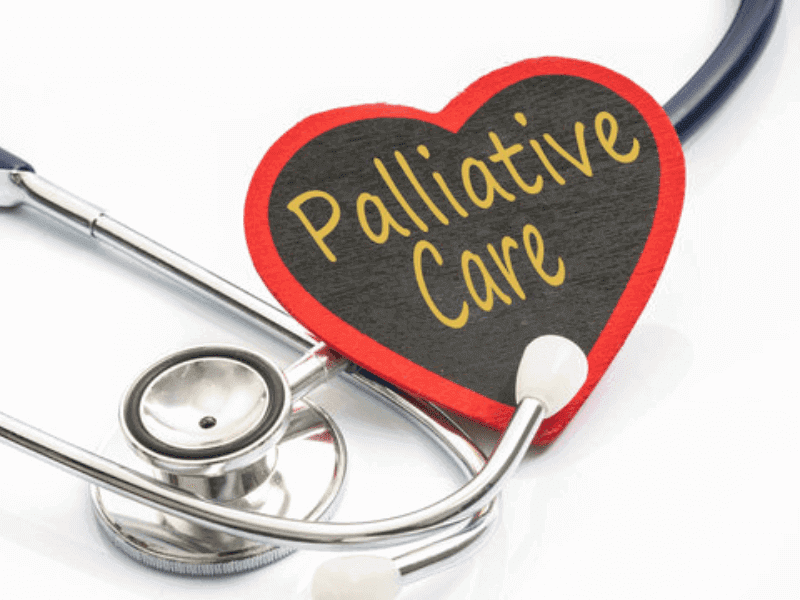5 Stages of Palliative Care

5 Stages of Palliative Care
This end-of-life care is crucial for seriously ill individuals because it provides the psychological and emotional support they need. To be able to understand the five stages of palliative care is obligatory to refer the person who is searching for consultations and help. So here are the 5 Stages of Palliative Care:
Stage 1: Initial Assessment
The initial step comprises a comprehensive evaluation of the patient’s medical condition, degree of pain, and general well-being. The evaluation determines the plan the doctor will take to alleviate the patient’s issues.
Stage 2: Symptom Management
Pain, nausea, and fatigue, amongst other factors, are all part of the end-of-life journey, and effective symptom management in palliative care is key to improving the quality of life for patients. The medical personnel assist the patient in reducing their pain, controlling the symptoms, and improving their lifestyle by examining, giving medicine, and providing therapies as well.
Stage 3: Emotional Support
Compassion provides the groundwork for palliative care. The patients and their near and dear ones are provided with physical and emotional counseling to enable and guide them to fight and cope with the diseases, unfathomable disgust, and their aftermath.
Stage 4: Conferences and Convents with Emphasis on Communication and Decision-Making
Cognizant communication and up-to-date decision-making are the main entities concerned with palliative care. Healthcare providers sit down and talk to their patients and patients’ friends and relatives about treatment choices, their aims of care life goals, and decisions about death and illness.
Stage 5: Bereavement Care
In the last segment of palliative care the support for families is not limited to the patient’s death but it continues to give them up after that. Grieving care offers support, troubleshooting, and aids how to exactly dealing with losing a loved one you have.
Conclusion:
Knowing the five palliative care stages would mean having the ability to relate to the situations with confidence to help and comfort individuals and families faced with hard times. Palliative care, once accepted, enables patients to actually get comfort, support, and dignity to live the rest of their lives accordingly.
FAQs:
1. What does palliative care entail?
Palliative care – this type of medical care which majorly focuses on relieving the symptoms and pressure of being very seriously sick is known as palliative care. The program is focused on the individual`s requirements and its ultimate goal is to bring positive changes to their quality of life, no matter the stage of an illness or the administration of other treatments.
2. Is palliative care suitable for everyone?
The goal of palliative care is to provide a comfort level to people of any age who have a health-threatening issue, like cancer, heart disease, or Alzheimer. Of course, terminally ill patients may not be the sole beneficiaries of palliative care, it coexists with other curative treatments.
3. What is palliative care while it’s different from hospice care?
Though both palliative care and hospice concentrate on the provision of quality life for individuals with critical ailments, significant diversions exist. Palliative care can start at any phase of the illness and can be administered alongside curative treatments, though hospice care, also known as end-of-life care, is provided through the last months of a patient’s life when curative therapies have been suspended.
4. Is this pill for the patient but his family doesn’t get it too?
Palliative care is all about feedback from the patient and their family members or caregivers. It provides necessary emotional support, consultations, and help in making difficult decisions for the patient as well as their loved ones. So These people play an essential role for the patients to overcome the disease and understand that serious disease impacts the entire family.
5. Where does one get the palliative care services for?
Porisonni hizmetler, kumaslar, yönetim bölümlerinden sizler noteriler ardi. Patients may be refer by their provider to palliative care services, or they can go to their own inquiry window about what is available locally. So Many healthcare facilities offer palliative care as part of their comprehensive services.
So these are the 5 Stages of Palliative Care and i hope you like it and your concept is clear.
You may also like: Body Composition Exercises

























































